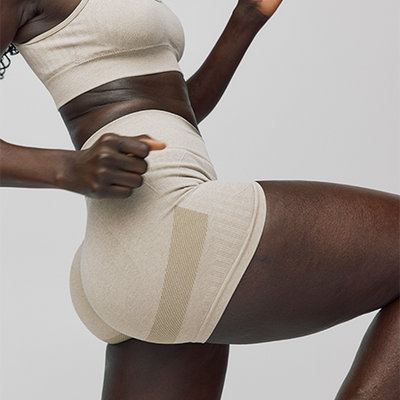
In this article /

How much is a box of pads right now? When we look at cutting costs, we see disposable period products add up quickly! And when we look at the long-term, cumulative cost – assuming the average person menstruates from age 12-13 to 45-50 years old or once a month for around 35 years – monthly menstruation is costing us thousands of dollars. And many Canadians agree that it contributes to financial inequities.
“It is estimated that Canadian women spend up to $6,000 in their lifetime on menstrual hygiene products (Craggs, 2018). Women in rural communities can pay double the price for the same products found in larger cities, such as Toronto (Brown, 2017). Understandably, low-income women and women on social assistance find it difficult to allocate money towards this necessity.” (Source 4 (June 2019))
For women living in poverty, it can be the difference between eating a meal or buying pads.
But period products are non-negotiable and when people can’t afford them, they are forced to use things like bunches of toilet paper or cloth. Or if they don’t want people to know they’re on their period or suffer from debilitating symptoms, many people will miss out entirely on school, work, and social activities.
Additional Period Costs
Regardless of how much a box of pads costs where you are, the costs don’t stop there. Period care can require many expenses in a month, including specialized treatments when you’re really suffering.
You’re also likely purchasing overnight pads, painkillers for cramps, heating pads, acne treatments, new sheets when overnight leaks occur, occasionally new underwear, time taken off work, additional food for increased energy expenditure, and probably — chocolate.
Why aren’t any of these products subsidized by the government? Cutting the period tax in Canada was one thing, but certainly not enough. So, to manage our personal finances in a time of record levels of inflation, what steps can we take to lessen the load of monthly menstruation?
Ways to Cut Costs Without Cutting Care
The weight is more than just monetary. Here’s how to budget during inflation to minimize psychological stress, physical symptoms, and environmental impact.
Consider Reusables
Reusable menstrual cups and discs are a cost-effective and environmentally friendly option. And while we respect everyone’s individual preference – and agree that they should have access to whatever that is at an affordable price – a DivaCup or Diva Disc might be your cost-saving hero.
The average cost of a reusable menstrual cup is between $35-50 and when cared for properly, will last 3-5 years. That’s as little as $7 a year, or at the most $16.60. Over the course of your lifetime, you might go through 6-8 DivaCups in total. That’s a lifetime price tag of less than $300.
If you also use reusable pads, you’re adding $41-$68 a year. That’s equal to 6 regular and 6 overnight reusable pads that, if properly cared for, should last 3-5 years as well.

Choose reusables and cut down on the environmental impact of monthly menstruation.
Cut Down on Environmental Impact
On top of being cost-effective, reusable period care also has the lowest environmental impact. In 2021, the Diva Impact Program donated over 15,000 DivaCups to people in need, diverting 3.6 million disposables from landfills. From an individual standpoint, that’s 250-300 pounds of disposables over the course of a lifetime.
Tampons, maxi pads, and applicators don’t decompose. Instead, over the course of hundreds of years, they break down into smaller pieces, polluting our environment and our bodies with plastics, chemicals, and dyes.
To combat inflation and get a handle on household budgeting, switch to reusable period products.
Period Costs: How to Budget During Inflation
The monetary and psychological weight of monthly menstruation in a time of global and economic turmoil can feel near impossible. Look out for your body and the planet where you can. Speak up and share these resources. These are all steps toward tearing down some of the inequities that hold us back.























